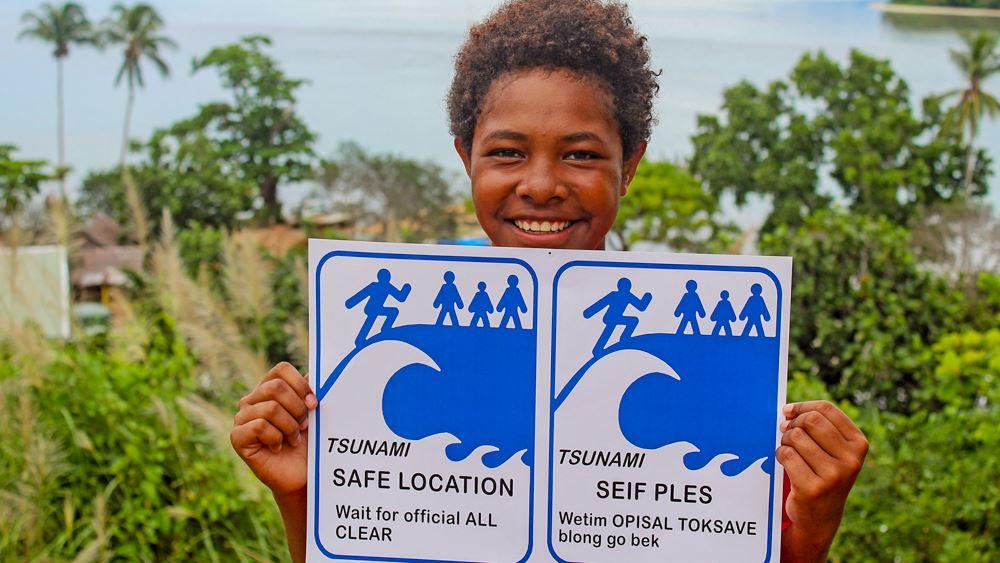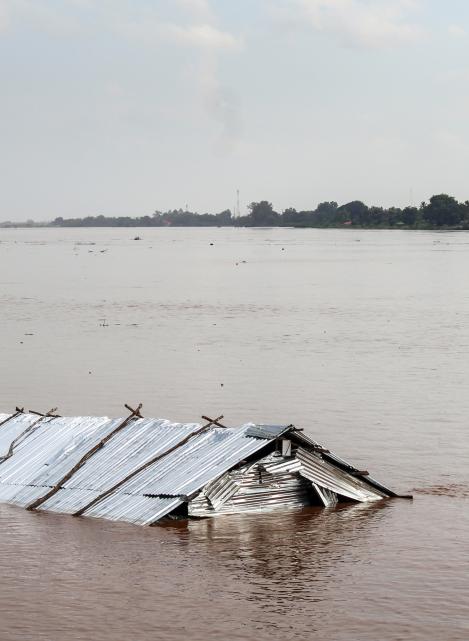In just the first six months of 2021, insured losses from climate-related disasters reached US$42 billion. Disasters have struck every populated continent this year. No country or community is immune.
Around the world however, it is those who are already living in crisis who suffer most when disasters strike. Between 1970 and 2019, 91 percent of deaths from weather and climate related disasters were in low- or middle-income countries. Poverty is both a cause and consequence of disasters, which can put hard won development gains at risk and reverse economic growth.
Today is International Day of Disaster Risk Reduction, when we remember that disaster risk is a human-made, not a natural phenomenon. And this year’s commemoration of the day comes at a time that we are battling a global pandemic, which is also disproportionately harming those living in low-income countries. COVID-19 may have pushed an additional 88 to 115 million people into extreme poverty.
At the same time, climate change threatens to derail efforts to eradicate poverty by 2030. By then, up to 325 million people are projected to be living in poverty in the 49 most hazard-prone countries. Countries must act now. We need greater international investment in reducing disaster risk if we are to have any hope of achieving the SDGs.
But today is not just a day of remembering the challenges that we face as a planet. It is also an opportunity to acknowledge the advancements as well. One of the Sendai Seven targets is to improve “International cooperation for developing countries to reduce their disaster risk and disaster losses”. I am pleased to say that there are many examples of countries around the world doing just that.
Last year, for instance, UNDP signed an agreement to work with UNDRR to collaborate on three priority areas to accelerate the implementation of the Sendai Framework for Disaster Risk Reduction 2015-2030 and the UN Plan of Action on Disaster Risk Reduction.

 Locations
Locations

